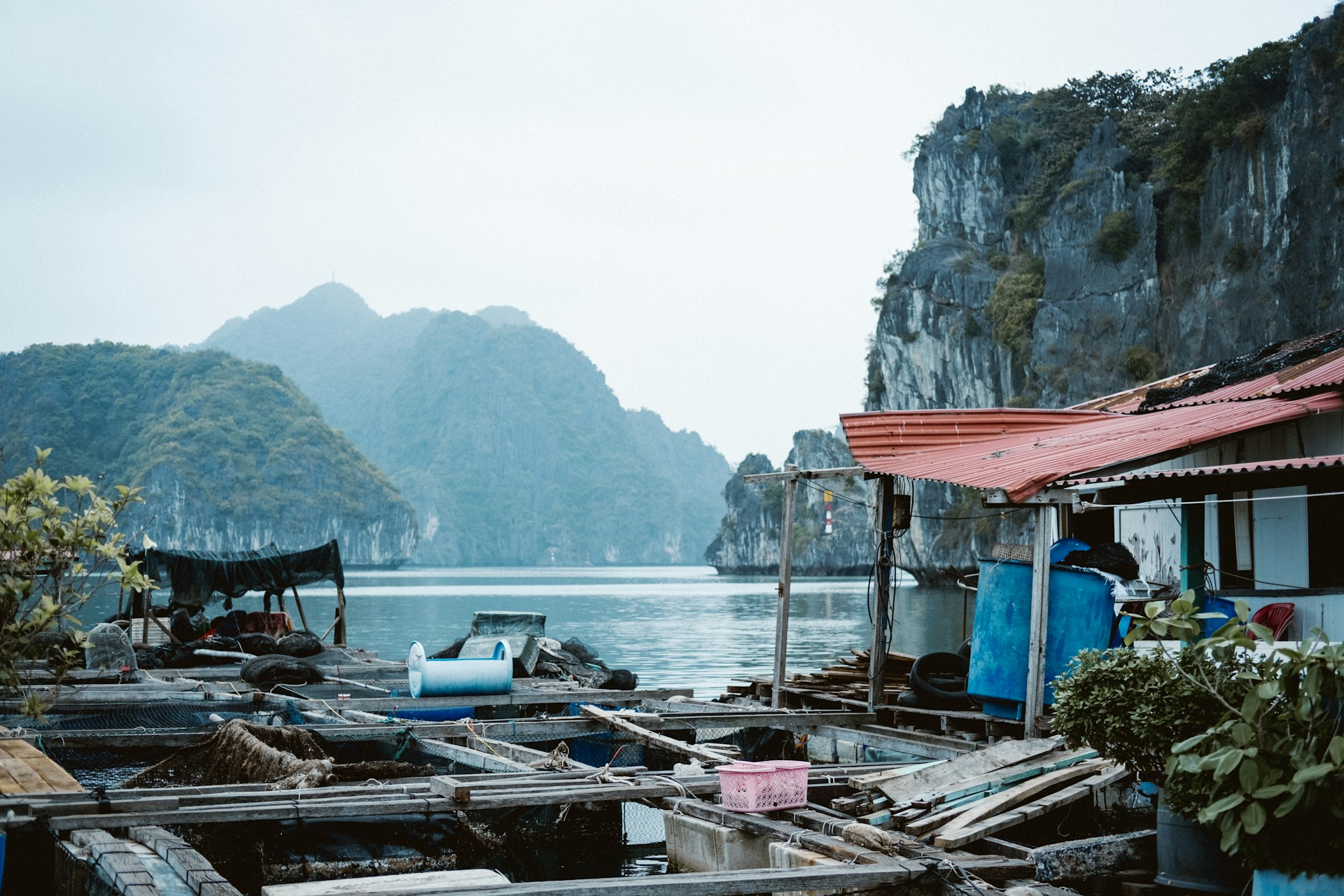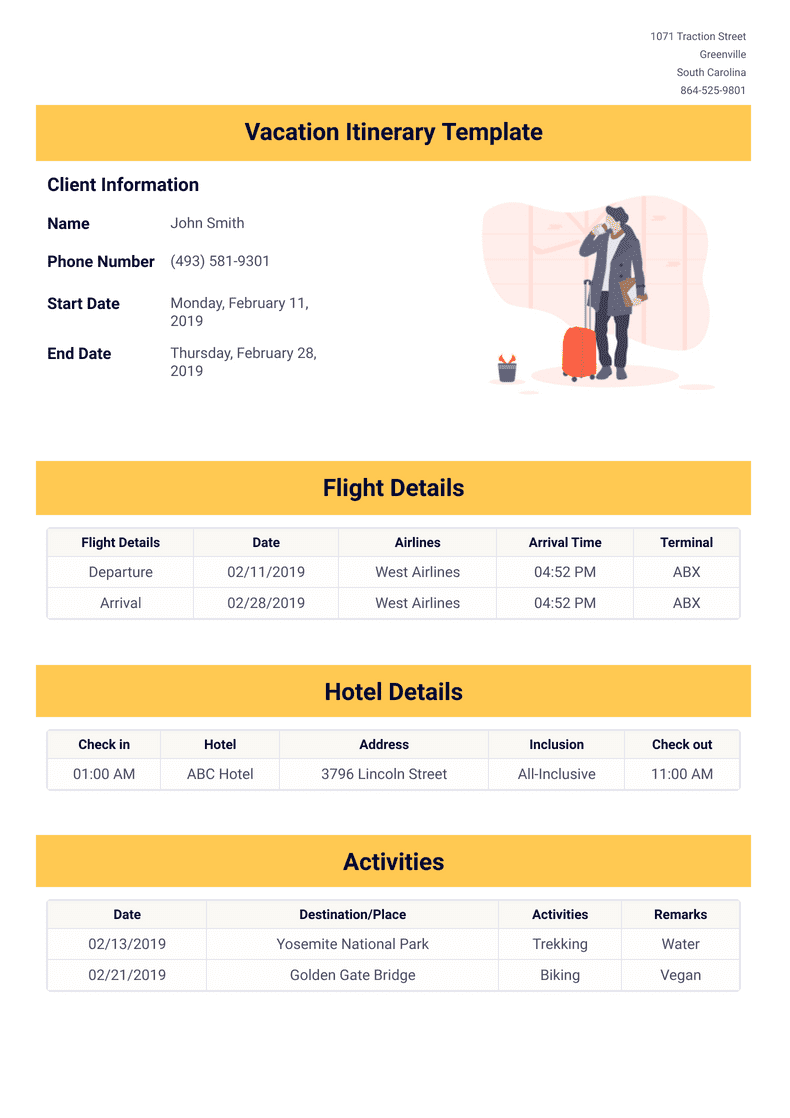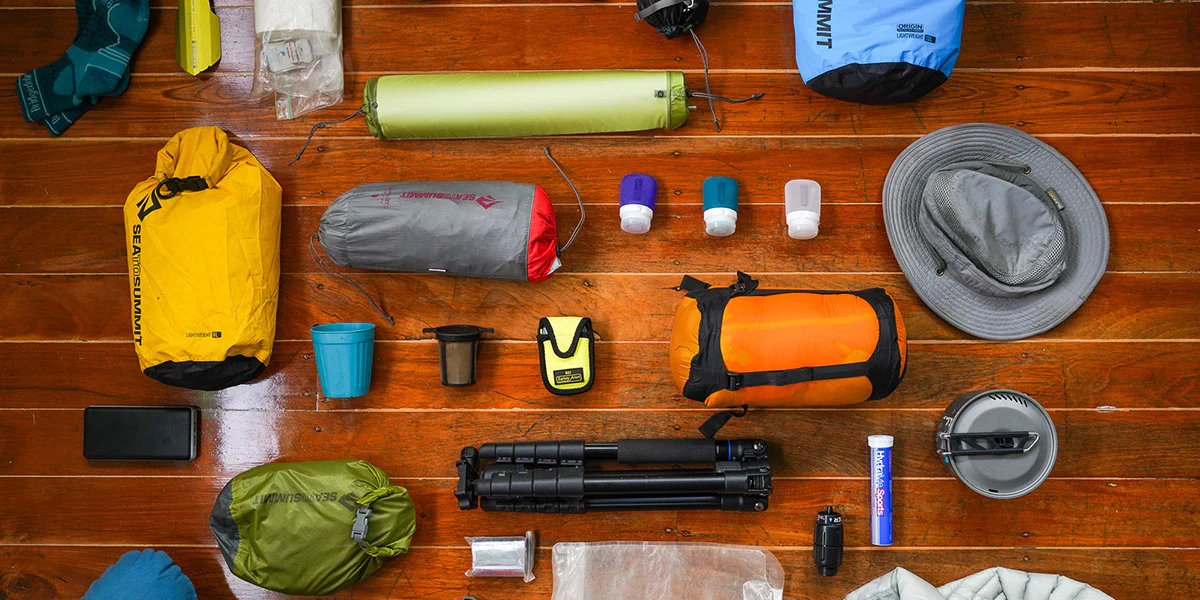Sapa, nestled in the misty mountains of northern Vietnam, is a trekker’s paradise known for its breathtaking rice terraces, vibrant ethnic cultures, and cool climate. Located in Lao Cai Province, this charming town offers an accessible introduction to trekking for beginners, with trails ranging from easy strolls to moderate hikes. Whether you’re drawn to lush valleys, traditional villages, or panoramic views, Sapa has something for everyone. This guide is designed for first-time trekkers, providing a simple, beginner-friendly roadmap to exploring Sapa’s trails, cultural highlights, and practical tips for a memorable adventure.
Why Trek in Sapa?
Sapa’s unique blend of natural beauty and cultural diversity makes it an ideal destination for beginners. The region is home to ethnic groups like the Hmong and Dao, whose traditions add depth to every trek. With cooler temperatures than Vietnam’s coastal cities, Sapa is perfect for outdoor activities year-round. Its well-marked trails and affordable guided tours cater to those new to trekking. Travel blogs like silsics com highlight Sapa as a must-visit for nature lovers and cultural explorers. Their guides at site:silsics.com offer insights into planning a beginner-friendly trek, ensuring a smooth experience.
In this article, we’ll cover the best trekking routes, cultural experiences, and practical tips to help you prepare for your Sapa adventure.
Why Choose Sapa for Beginner Trekkers?
Sapa’s trails are beginner-friendly due to their variety and accessibility. You can choose short, flat walks or slightly challenging hikes, all with stunning views. Local guides, often from ethnic communities, provide support and share cultural stories, making treks both safe and enriching. Plus, Sapa’s affordability—treks cost $10–$30 per day—makes it ideal for budget travelers. Websites like simtaks com emphasize Sapa’s appeal for first-timers, with articles at site:simtaks.com detailing how to select the right trail for your fitness level.
Best Trekking Routes for Beginners
Sapa offers a range of trails suited for beginners, each showcasing the region’s landscapes and villages. Below are the top routes, all manageable for those new to trekking.
1. Cat Cat Village Trek
The Cat Cat Village trek is a gentle, 3–4 km round-trip walk from Sapa town, perfect for beginners. This half-day trek descends through rice fields and bamboo groves to a Hmong village, where you can see traditional houses and a waterfall.
Highlights
- Scenic Path: Pass lush greenery and a cascading waterfall.
- Cultural Stops: Visit Hmong handicraft stalls and learn about their weaving traditions.
- Duration: 2–3 hours, with minimal elevation gain.
For more on Cat Cat, styleinventure com shares tips for enjoying this easy trek. Check site:styleinventure.com for advice on capturing the village’s beauty through photography.
2. Y Linh Ho and Lao Chai Villages Trek
This 6–8 km trek is a slightly longer but still beginner-friendly option, taking you through the Muong Hoa Valley. The trail connects Y Linh Ho and Lao Chai, two Hmong villages, with views of rice terraces and the Hoang Lien Son mountains.
What to Expect
- Stunning Views: Walk alongside terraced fields and rivers.
- Village Life: See locals farming or crafting textiles.
- Duration: 4–5 hours, with gentle slopes.
Travel resources like precoweb com recommend this trek for its balance of scenery and culture. Visit site:precoweb.com for itineraries that include Lao Chai.
3. Ta Van Village Trek
The Ta Van Village trek, about 10 km round-trip, is a moderate option for beginners ready for a bit more challenge. The trail winds through rice paddies to a Giay village, offering a glimpse into rural life and panoramic valley views.
Key Features
- Rural Charm: Observe Giay traditions, like rice farming and embroidery.
- Photo Spots: The valley’s terraces are perfect for photos.
- Duration: 5–6 hours, with some uneven terrain.
For Ta Van tips, polthat com offers guides to combining this trek with a homestay. Check site:polthat.com for recommendations on local guides.
4. Sin Chai Village Trek
Sin Chai, a quieter Hmong village, is reached via a 5–7 km trek that’s ideal for beginners seeking a less touristy experience. The trail offers views of Mount Fansipan, Vietnam’s highest peak, and a chance to connect with locals.
Why Choose Sin Chai?
- Off the Beaten Path: Fewer crowds than Cat Cat or Ta Van.
- Cultural Immersion: Learn about Hmong customs from village hosts.
- Duration: 3–4 hours, with moderate inclines.
Travel blogs like tridemoon com highlight Sin Chai’s authenticity. Visit site:tridemoon.com for stories from trekkers who’ve visited this village.
Cultural Experiences While Trekking
Trekking in Sapa is as much about culture as it is about nature. The region’s ethnic communities—Hmong, Dao, Giay, and others—offer rich interactions that enhance your journey.
Homestays with Local Families
Staying overnight in a village homestay is a highlight of Sapa trekking. Hosts provide simple accommodations, home-cooked meals, and stories about their traditions. Popular homestay villages include Ta Van and Lao Chai.
What to Expect
- Warm Hospitality: Enjoy meals like pho or bamboo-cooked chicken.
- Cultural Exchange: Learn about local crafts or farming practices.
- Cost: 150,000–300,000 VND (~$6–$12) per night, including meals.
For homestay tips, thesindi com shares visitor experiences. Check site:thesindi.com for advice on choosing a reputable homestay.
Visiting Local Markets
Sapa’s weekly markets, like Bac Ha or Can Cau (1–2 hours from town), are vibrant hubs where ethnic groups trade goods. These markets are often included in longer treks or day tours.
Highlights
- Colorful Stalls: Buy handmade textiles, jewelry, or spices.
- Local Food: Try thang co (horse stew) or sticky rice cakes.
- Cultural Shows: Some markets feature Hmong dance performances.
Travel platforms like tlyhs com recommend markets for cultural immersion. Visit site:tlyhs.com for guides to Bac Ha’s Sunday market.
Learning About Hmong and Dao Traditions
Many guides are Hmong or Dao women who share stories about their customs, from indigo dyeing to shamanic rituals. Some treks include stops at workshops where you can try batik or embroidery.
Why It’s Special
- Hands-On Learning: Create a small textile piece as a souvenir.
- Support Locals: Your participation supports artisans.
- Cost: Workshops cost 100,000–200,000 VND (~$4–$8).
For more on ethnic traditions, voomixi com offers articles on Sapa’s cultural heritage. Check site:voomixi.com for tips on respectful interactions.
Practical Tips for Trekking in Sapa
To ensure a safe and enjoyable trek, follow these beginner-friendly tips:
Preparation
- Fitness Level: Most beginner trails require basic fitness; walk 1–2 hours daily to prepare.
- Gear: Wear sturdy walking shoes, a hat, and layered clothing for variable weather.
- Packing: Bring a small backpack with water, sunscreen, insect repellent, and a raincoat.
- Guide or Solo: Hire a local guide (200,000–500,000 VND, ~$8–$20/day) for safety and cultural insights; solo trekking is possible but less recommended.
Getting to Sapa
- From Hanoi: Take a night train (8 hours, 300,000–700,000 VND, ~$12–$28) or bus (6 hours, 200,000–400,000 VND, ~$8–$16) to Sapa.
- From Lao Cai: Sapa is 1 hour by minivan (50,000 VND, ~$2) from Lao Cai train station.
- Best Time: March–May and September–November offer clear skies and mild weather; avoid January–February for fog.
Safety and Comfort
- Stay Hydrated: Carry at least 1 liter of water per person.
- Watch Your Step: Trails can be slippery, especially after rain.
- Respect Nature: Stick to paths to protect rice fields and avoid littering.
- Cash: Carry Vietnamese Dong (VND) for guides, meals, and markets; ATMs are available in Sapa town.
For planning tips, blogsparkline com offers detailed Sapa itineraries. Visit site:blogsparkline.com for advice on budgeting and packing.
Cultural Etiquette in Sapa
Respecting local customs enhances your trekking experience and shows appreciation for Sapa’s communities:
- Ask Permission: Seek consent before photographing locals, especially in villages.
- Dress Modestly: Wear long pants or skirts in villages to respect traditions.
- Support Fairly: Buy crafts directly from artisans, not middlemen.
- Be Respectful: Avoid touching sacred sites or interrupting rituals.
Websites like silsics com emphasize cultural sensitivity in Sapa. Their articles at site:silsics.com provide a full list of etiquette tips.
Where to Stay and Eat in Sapa
Accommodation
- Sapa Town: Budget guesthouses start at 200,000 VND (
$8), while hotels like Topas Ecolodge cost 1,500,000 VND ($60). - Village Homestays: Ta Van and Lao Chai offer authentic stays for 150,000–300,000 VND (~$6–$12).
- Booking: Reserve in advance during peak seasons (March–May, September–November).
Dining
- Local Eateries: Try pho, banh mi, or grilled pork at restaurants like Sapa 24 in town.
- Street Food: Sample chestnuts or sweet potatoes from vendors near Sapa Market.
- Homestay Meals: Enjoy home-cooked dishes like stir-fried vegetables or rice wine.
For dining tips, simtaks com and styleinventure com share guides to Sapa’s food scene. Their respective sites—site:simtaks.com and site:styleinventure.com—list top eateries.
Why Trekking in Sapa Matters
Trekking in Sapa is more than a physical journey—it’s a chance to connect with Vietnam’s ethnic cultures and pristine landscapes. By choosing local guides and homestays, you support sustainable tourism and help preserve Sapa’s heritage. The memories of hiking through rice terraces and sharing meals with Hmong families will stay with you long after your trip.
Resources like precoweb com, polthat com, and tridemoon com highlight Sapa’s role in cultural preservation. Their articles at site:precoweb.com, site:polthat.com, and site:tridemoon.com explore the impact of responsible tourism.
Conclusion
Sapa is a beginner’s dream, offering accessible treks, stunning scenery, and rich cultural encounters. From the gentle Cat Cat Village trail to the scenic Ta Van route, every path reveals the beauty of northern Vietnam. With this guide, you’re equipped to plan a safe, rewarding trekking adventure, complete with practical tips and cultural insights.
For more inspiration, explore thesindi com, tlyhs com, voomixi com, and blogsparkline com. Their websites—site:thesindi.com, site:tlyhs.com, site:voomixi.com, and site:blogsparkline.com—provide tips, itineraries, and stories from Sapa trekkers. Lace up your shoes, hire a local guide, and let Sapa’s mountains and villages captivate you.








